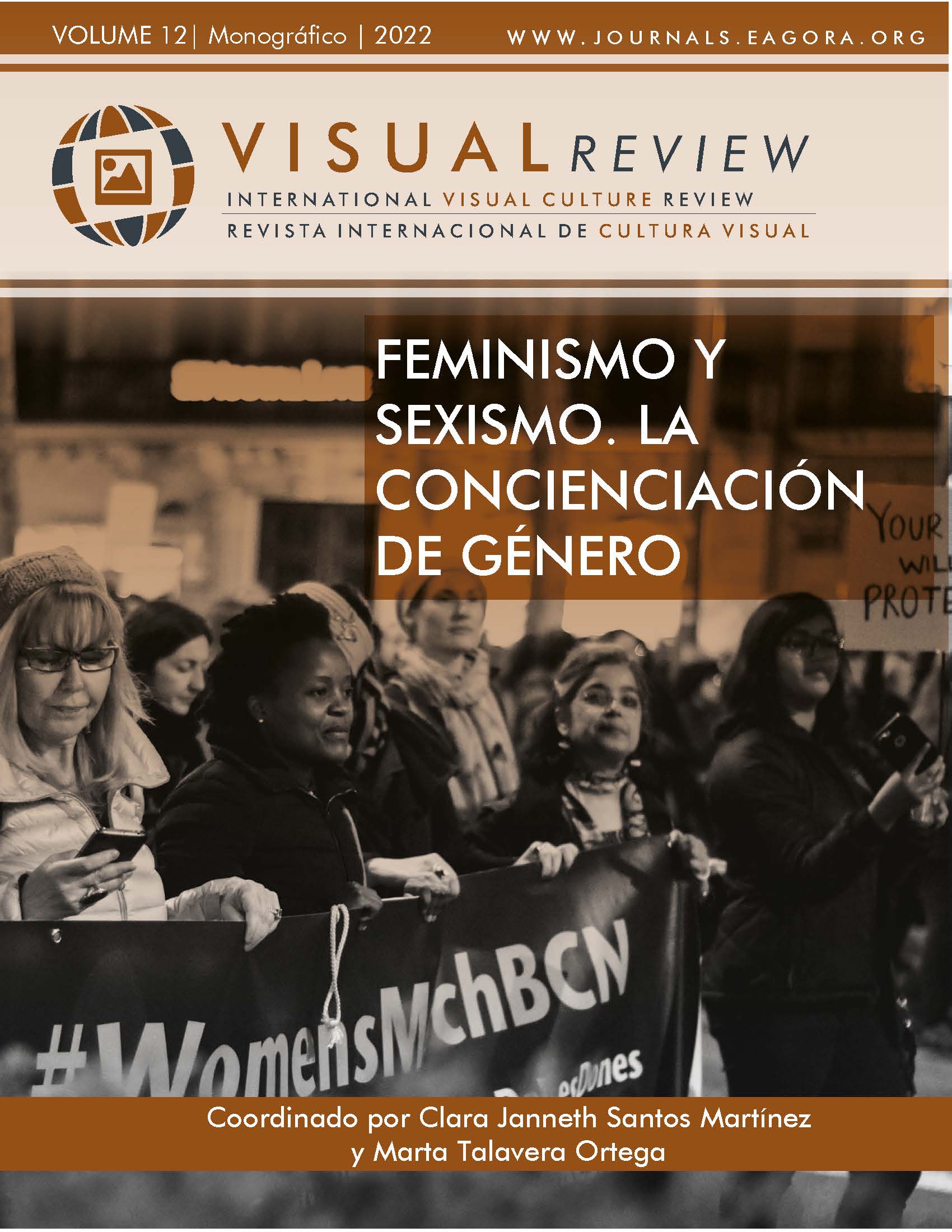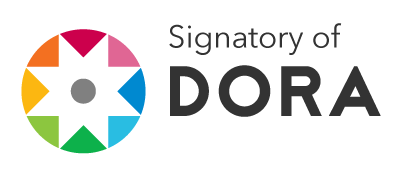Linguistic analysis of hate speech on social networks
DOI:
https://doi.org/10.37467/revvisual.v9.3720Keywords:
Linguistics, Forensic linguistics, Corpus linguistics, Discourse analysis, Hate speech, Social networks, TwitterAbstract
Hate speech is currently becoming a field of interest for different academic domains, which is why in this contribution a linguistic approach to this type of messages is presented. For that purpose, a corpus of almost a hundred texts from social networks has been examined, describing the linguistic features of this type of messages and explaining their relevance for forensic linguistics.
Downloads
Global Statistics ℹ️
|
1733
Views
|
1832
Downloads
|
|
3565
Total
|
|
References
Abuín-Vences, N., Cuesta-Cambra, U., Niño-González, J., & Bengochea-González, C. (2022). Análisis del discurso de odio en función de la ideología: Efectos emocionales y cognitivos. Comunicar, 71, 37-48. https://doi.org/10.3916/C71-2022-03 DOI: https://doi.org/10.3916/C71-2022-03
Brown, A. (2017). What is hate speech? Part 1: the myth of hate. Law and Philosophy, 36(4), 419-468. https://doi.org/10.1007/s10982-017-9297-1 DOI: https://doi.org/10.1007/s10982-017-9297-1
Carrillo, J. C. (2015). Libertad de expresión y “discurso del odio” religioso: la construcción de la tolerancia en la era postsecular. Revista de Fomento Social, 278, 205-243. DOI: https://doi.org/10.32418/rfs.2015.278.1579
Cortina, A. (2017). Prólogo. En L. Alonso y V. J. Vázquez (Dirs.), Sobre la libertad de expresión y el discurso del odio (pp. 5-10). Athenaica.
Council of Europe Committee of Ministers (1997). Of the Committee of Ministers to Member States on “hate speech”. Recommendation No. R (97) 20, 106-108.
Delgado, R. & Stefancic, J. (1995). Ten arguments against hate-speech regulation: How valid symposium: Political correctness in the 1990’s and beyond. The Northern Kentucky Law Review, 23, 475-490.
EAGLES (1996). Preliminary Recommendations on Corpus Typology. Eagles documents (Expert Advisory Group on Language Engineering) EAG-TCWG-CTYP/P, recurso en línea: http://www.ilc.cnr.it/EAGLES/corpustyp/corpustyp.html
Fernández Smith, G. (2017). Instrumentos lingüísticos de los discursos del odio en la prensa digital. Fragmentum, 50, 99-122. DOI: https://doi.org/10.5902/2179219428800
Jubani, O. & Roiha, M. (2018). Las palabras son armas. Discurso de odio en la red. Edicions de la Universitat de Barcelona.
Kilgarriff, A., Rychlý, P., Smrž, P. & Tugwell, D. (2004). The sketch engine. En G. Williams y S. Vessier (Eds.), Proceedings of the 11th EURALEX International Congress (105-116). Lorient.
Ley orgánica 10/1995, de 23 de noviembre, del Código penal. Boletín Oficial del Estado, 24 de noviembre de 1995, núm. 281, 167-169.
López, J. M. (2017). Los discursos intimidatorios: ¿de dónde vienen y adónde van? Fragmentum, 50, 9-17. DOI: https://doi.org/10.5902/2179219431701
Mancera, A. & Pano, A. (2014). Las redes sociales como corpus de estudio para el Análisis del discurso mediado por ordenador. Humanidades Digitales: desafíos, logros y perspectivas de futuro. Janus, Anexo 1, 305-315.
McMenamin, G. R. (2017). Introducción a la lingüística forense: un libro de curso. The Press at California State University.
Muñoz, A. & Argüelles, I. (2010). Análisis de discurso en redes sociales. Twitter un caso bajo estudio. En J. L. Bueno Alonso, D. González Álvarez, Ú. Kirsten Torrado, A. E. Martínez Insua, J. Pérez Guerra, E. Rama Martínez & R.Rodríguez Vázquez (Eds). Analizar datos > Describir variación / Analysing data > Describing variation(pp. 710-720). Servizo de Publicacións da Universidade de Vigo.
Pérez, C. (2002). Explotación de los córpora textuales informatizados para la creación de bases de datos terminológicas basadas en el conocimiento, Estudios de Lingüística del Español, 18, recurso en línea: https://ddd.uab.cat/pub/elies/elies_a2002v18/431.html
Posselt, G. (2017). Can Hatred Speak? On the Linguistic Dimensions of Hate Crime. Linguistik online, 82(3), 5-25. DOI: https://doi.org/10.13092/lo.82.3712
Ramírez, M. (2017). Antecedentes de la lingüística forense: ¿desde cuándo se estudia el lenguaje como evidencia? Pragmalingüística, 25, 525-539. DOI: https://doi.org/10.25267/Pragmalinguistica.2017.i25.26
Rojo, G. (2021). Introducción a la lingüística de corpus en español. Routledge. DOI: https://doi.org/10.4324/9781003119760
Torruella, J. y Llisterri, J. (1999). Diseño de corpus textuales y orales. En J. M. Blecua, G. Clavería, C. Sánchez y J. Torruella (Eds.), Filología e Informática. Nuevas tecnologías en los estudios filológicos (pp. 45-77). Milenio.
Walker, S. (1994). Hate Speech: The History of an American Controversy. University of Nebraska Press.
Downloads
Published
How to Cite
Issue
Section
License
Those authors who publish in this journal accept the following terms:
-
Authors retain copyright.
-
Authors transfer to the journal the right of first publication. The journal also owns the publishing rights.
-
All published contents are governed by an Attribution-NoDerivatives 4.0 International License.
Access the informative version and legal text of the license. By virtue of this, third parties are allowed to use what is published as long as they mention the authorship of the work and the first publication in this journal. If you transform the material, you may not distribute the modified work. -
Authors may make other independent and additional contractual arrangements for non-exclusive distribution of the version of the article published in this journal (e.g., inclusion in an institutional repository or publication in a book) as long as they clearly indicate that the work was first published in this journal.
- Authors are allowed and recommended to publish their work on the Internet (for example on institutional and personal websites), following the publication of, and referencing the journal, as this could lead to constructive exchanges and a more extensive and quick circulation of published works (see The Effect of Open Access).













